SCHEDULE YOUR APPOINTMENT TODAY
Glaucoma, the ‘silent blinder,’ is the leading cause of blindness worldwide. It is the most common cause of blindness in people of African descent in the United States. Almost 3 million people in the US have this condition, and most do not even know it because it often has no symptoms in the early stages. It is recommended that everyone get a comprehensive eye exam every 1-2 years for early detection of this potentially blinding condition.
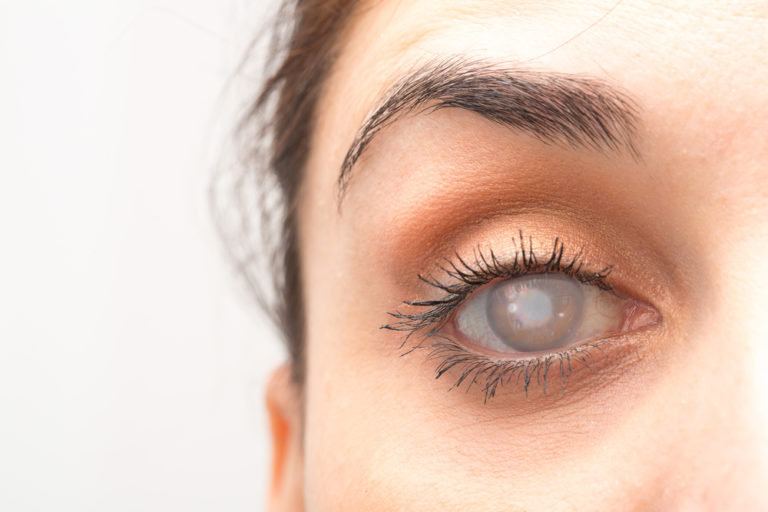
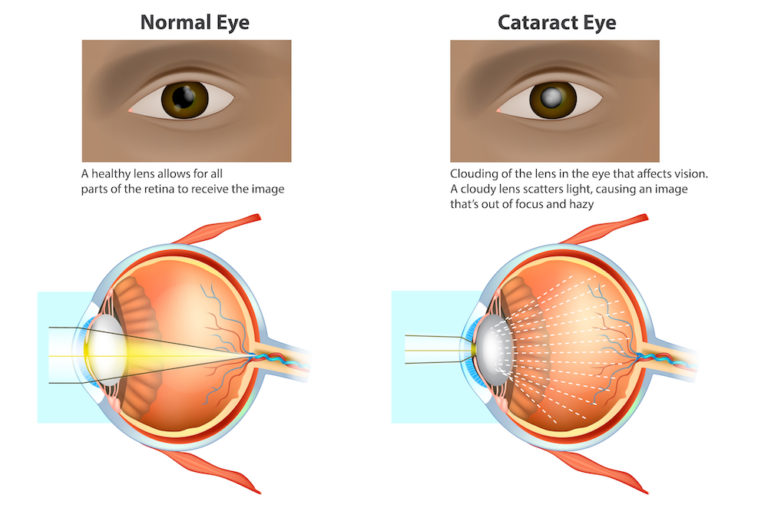
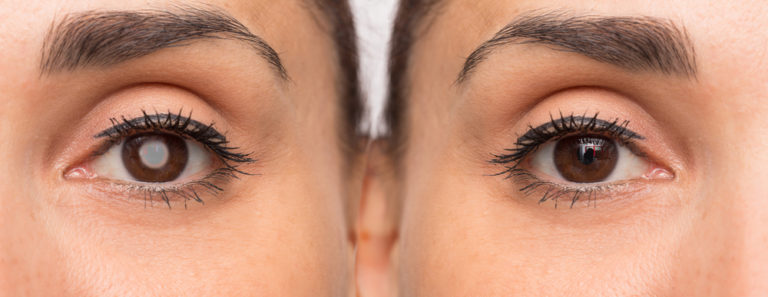
A Cataract is clouding the lens inside of the eyes. It is typically age-related and slowly grows. Symptoms include blurry or cloudy vision, double vision, glare while driving, especially at night, even change in glasses prescription can be a sign of cataract development or growth. If you are experiencing any of these symptoms, the next step is to have a complete eye exam. Cataracts can be successfully treated by removing the cloudy lens and being replaced with a clear lens implant (an intraocular lens). By age 80, nearly half of all Americans have cataracts or have had cataract surgery to improve their vision.
Cataract surgery is one of the most commonly performed operations worldwide and is considered an extremely safe and effective outpatient procedure. During cataract surgery, your doctor will numb the eye, remove the eye’s cloudy lens, and replace the lens with a clear artificial lens called an intraocular lens (IOL).
At Louisiana Center For Eyes, we offer several types of lens implants:
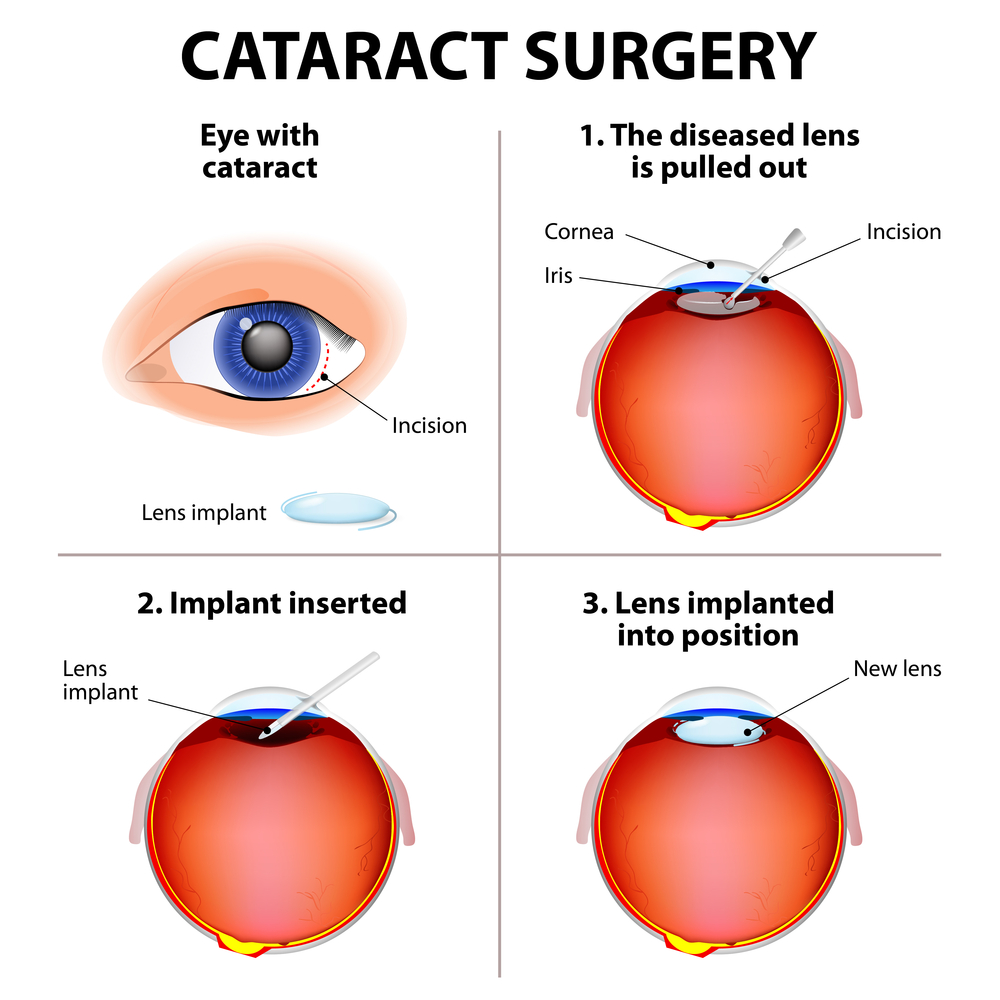
Cataract surgery is typically completed in less than an hour, after which you can return home. After your cataract procedure, someone will need to drive you home.
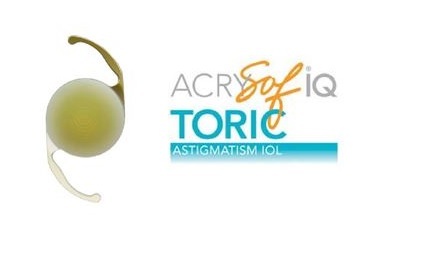
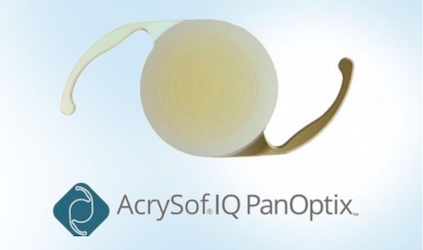
Postoperative recovery for cataract surgery usually takes a week, during which you may experience some mild eye discomfort. You will be given a protective shield for your eye, which your doctor will instruct you when to remove and when to replace. The eye shield is generally used during sleep for several days. Vision may seem blurry when the eye shield is first removed. This distorted vision is normal while your eye becomes accustomed to the intraocular lens.
Some patients experience red or bloodshot eyes, which resolves as the eye heals. While you will probably feel able to return to normal activities shortly after your cataract surgery, you should follow these tips to expedite your recovery:
Your doctor will give you detailed post-operative instructions and answer any questions you may have after your cataract surgery. You should feel free to contact our office with questions or concerns at any time during your at-home recovery. A follow-up appointment will be scheduled after your cataract surgery to check on your healing progress, which is generally completed within 8 weeks.
If you are experiencing symptoms of cataracts or vision problems of any kind, contact our office for a complete eye evaluation. Our goal is to achieve the best possible vision results for every patient through advanced technology and by understanding each individual’s unique needs.

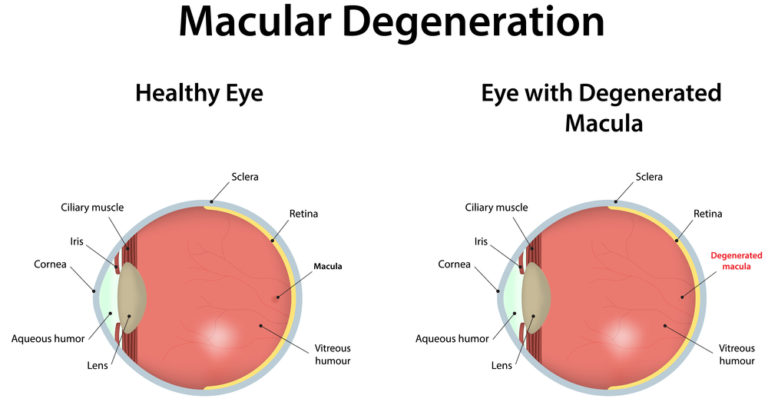
Age-related macular degeneration (AMD) is a deterioration or breakdown of the eye’s macula. This can lead to blindness. A retina exam can detect this condition.
Dry Eye occurs when the eye either does not make tears properly or the tears evaporate too quickly. This can lead to blurry vision, especially when reading, computer use, and even driving. Other symptoms include redness, constant watering, sandy feeling, difficulty focusing, discomfort with contact lens wear.
Do you have dry eyes? Take the Dry Eye Assessment Questionnaire.

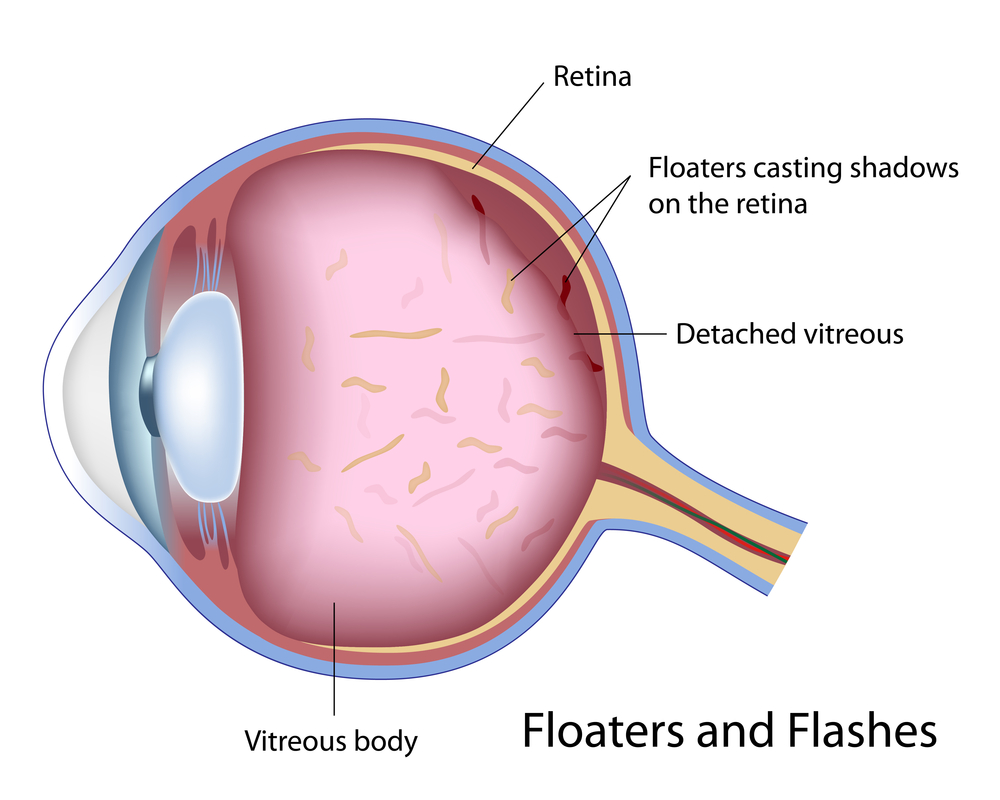
Contact us TODAY to make your appointment.